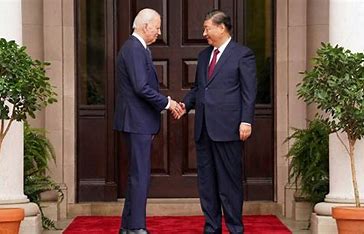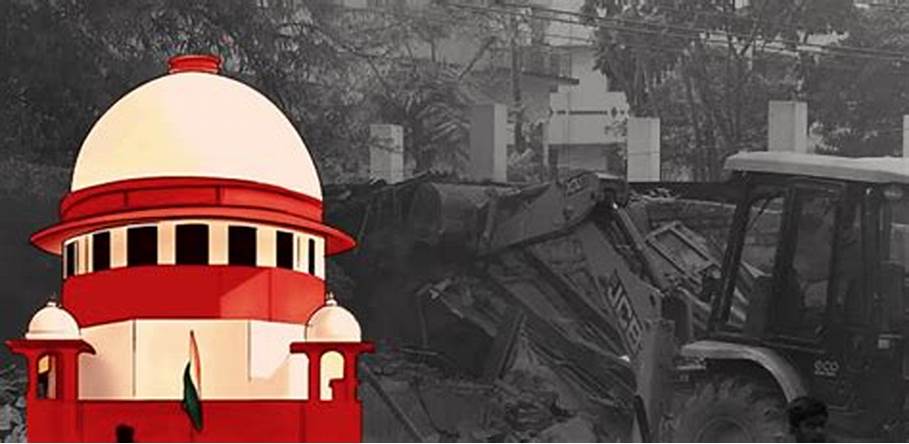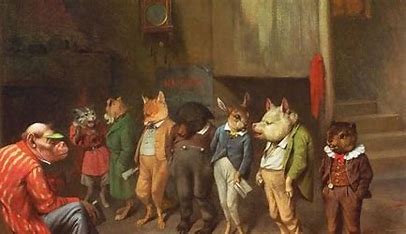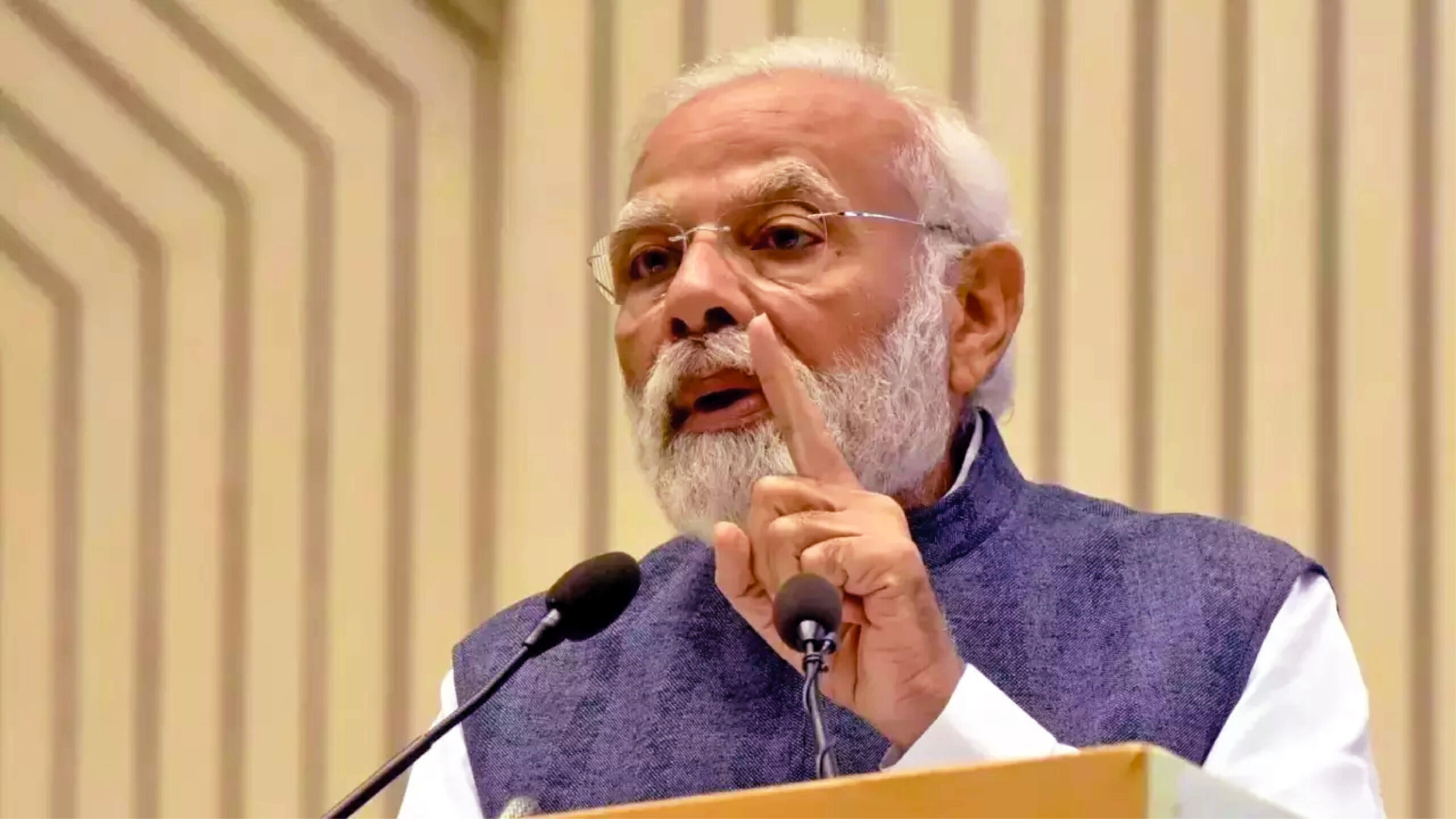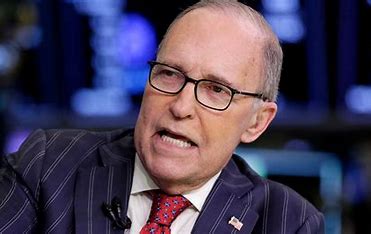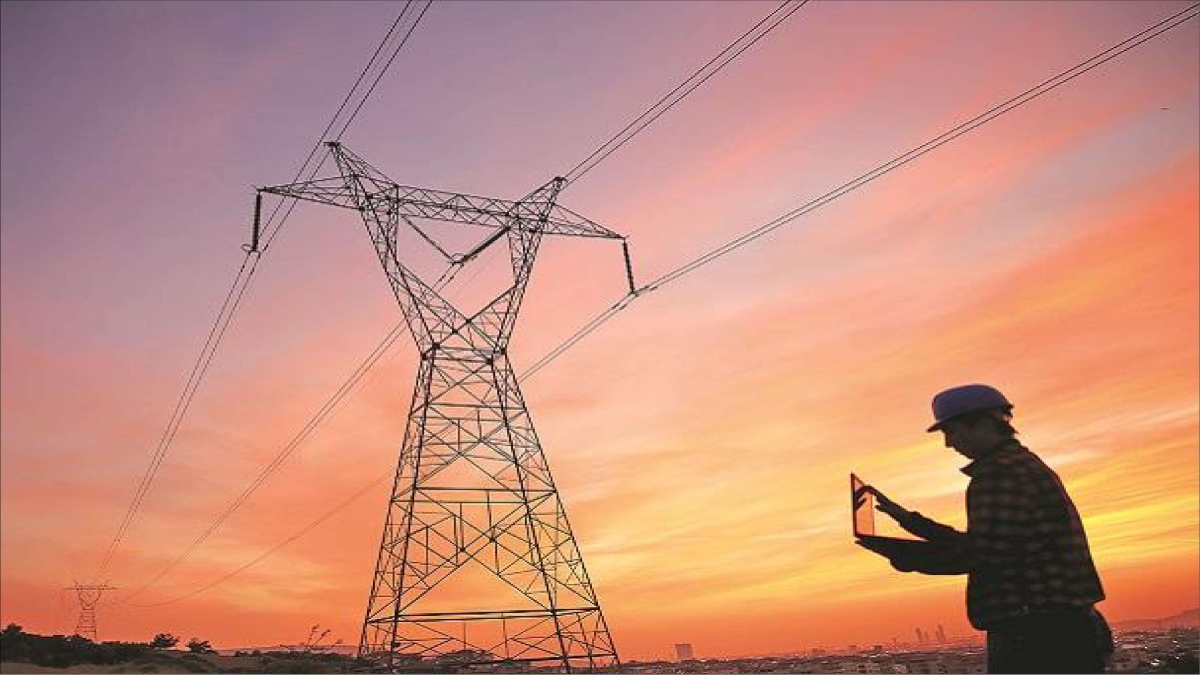
The public sector was started because on the morrow of Independence there were few entrepreneurs who had capital for mega projects. Moreover, for a private company to take on infrastructural projects, it required the boldness of a tiger. Jawaharlal Nehru was fascinated with what he saw on his visit to the Soviet Union in the pre-Independence days. Moreover, he liked to be known as a Fabian socialist. If one wished to be seen as an anti-imperialist in those early years, one had to prefer to be seen as a socialist rather than anything else, certainly not as a running dog of the capitalists. These factors helped luxury hotels, airlines and state trading for exports to slip into the public sector. As time went on, fruit/banana exports and such others were also obliged as they fascinated some influential bureaucrats. Someone liked the cool air of Ooty and therefore an ophthalmologic glass factory was built there, incidentally, housed in an elegant building. The officer in charge of the public enterprises, especially a complex for selecting executives, told me that in the early 1980s he would make recommendations to the government when the units touched a total of 300; no more after that until profits were made by most PSUs. This sounds like cricket, I said, and he nearly threw me out of his office room.
‘Profit’ was not included in the PSU lexicon because the Prime Minister did not like the word. In any case, he wished those who were obsessed with profits to be hanged from the lampposts. Another IAS officer said to me: just see the quality of educated men we have in the public sector. Compare them with private sector executives. He was right. I had known a Kolkata executive who wore a dhoti and had started in the group as a sarkar—higher than a peon and lower than a clerk. And he was allowed, by the controlling family, to create one of the largest groups of tea gardens. How ridiculous, my IAS acquaintance exclaimed.
Losses overall were mounting but what were individual citizens to do? Lal Bahadur Shastri was in office for one and a half years; this was too short a time to do anything. In early 1966, Indira Gandhi took office. Some people had hopes from her; she had no ideological hang-ups and ought to have been practical. But as it happened, she distrusted most politicians or certainly had greater faith in her bureaucratic advisors led by P.N. Haksar. On a visit to Kolkata, she happened to talk to some industrialists who in Delhi had heard rumours of the coming nationalization—of what they did not know. Reportedly she answered that in our primarily poor country, socialist policies are the only bridge to keep the poor, the rich and the middle together.
After splitting the Congress in 1969 and contesting a general election in 1972, meanwhile depending on the Communists to survive as Prime Minister, Mrs. Gandhi had to fire the mass imagination. The nationalization of banks proved to be the fiercest of all her economic moves. A rising entrepreneur of cosmetics came to buy my Kolkata house as I was shifting to Delhi. He said he felt very indebted to Indira’s bank nationalization. Without that, he said, he could not get overdrafts from the private owners of banks. He hoped to be an honest crorepati on the back of nationalized banks. And in 20 years he did make it; I did not check with him on his definition of honesty. The coal mines takeover was evidently very popular with the mafias, especially in the producing areas. The General Insurance Company, which was a holding company meant to hold all private insurance players, now taken over by Indira’s regime, remained in the background.
To add to the rapidly growing public sector was the hospital sector. Anyone who could not run his factory, which employed thousands of workers, just declared a lockout and the government was a ready taker. The sick textile mills were one example but also included many prestigious engineering names like Braithwaite which designed and built the first Howrah Bridge, which in the 1930s was a wonder. Then there was Jessop & Co., another giant, and the jute mills. The government was looked upon as a saviour; “see how many jobs Indira is saving”.
One way to privatise, and do so transparently, is for the President of India to sell all the shares of PSUs to the LIC, GIC, UTI, banks and other financial institutions et al. Payments need not all be made immediately. The better viable units would get picked up by common investors who would buy 50 to 5,000 shares each. There are many who are hungry for opportunities to invest their savings. This is so more due to a fall in interest rates. Those units which are unviable will need repair either through mergers or through rationalization, or even through injection of funds. Outright sales are difficult since there are not many entrepreneurs who would have liquid money on the scale required. Moreover, there would always be the likelihood of the Opposition members questioning the sale price, whereas in a public issue of shares, this issue would not arise. It would then be up to the shareholders to elect their board of directors as well as the chief executive and chairman.
The current chief executives of PSUs have to report to the government, which in effect, means a Joint Secretary/Additional Secretary. Although well educated, these officers would be more wedded to procedure than profits. They are unlikely to be aufait (acquainted) with the culture of commerce and industry. If some of the public issues (IPOs) of shares do not prove resoundingly popular, the financial institution holding the shares would be left with 40, 50 or 60 percent shares in their possession. So what? In business, it does not matter who owns how many shares. What matters is the quality of management.
Not very long ago, 54 percent of Larsen & Toubro’s shares were owned by the financial institutions. The managing director had about 4 percent and his friends and relatives had another 12 percent. The rest of the shares were with the public. Yet, the company has the image of a private sector company and runs well.
A concept that requires clarification is that the public sector in no way represents socialism; it is pure state capitalism. The Soviet Union in that sense was a state that practised state capitalism and crashed into bankruptcy. The example of the old Larsen & Toubro was nearer to socialism because the shares were majorly with the public, with the management owning only about 16 percent. Uncannily, the large American corporations—many of them—have their managements holding only a small percentage of shares. The rest are held by the public as well as mutual funds.
There is one publicly accepted rule in the United States that if an entrepreneur thinks that he can run a particular company, he can give a public offer to buy all the shares of that company at a higher price than the market. It is for the company directors to decide if they should recommend to the shareholders whether to hold the shares or sell out. In other words, because of this rule, the managements of these companies are always on their toes, for fear of a takeover bid.
One way to privatise, and do so transparently, is for the President of India to sell all the shares of PSUs to the LIC, GIC, UTI, banks and other financial institutions et al. Payments need not all be made immediately. The better viable units would get picked up by common investors who would buy 50 to 5,000 shares each. There are many who are hungry for opportunities to invest their savings. This is so more due to a fall in interest rates. Those units which are unviable will need repair either through mergers or through rationalization, or even through injection of funds.
